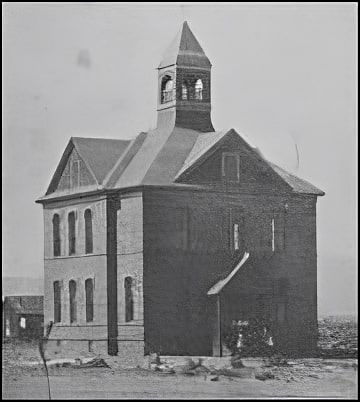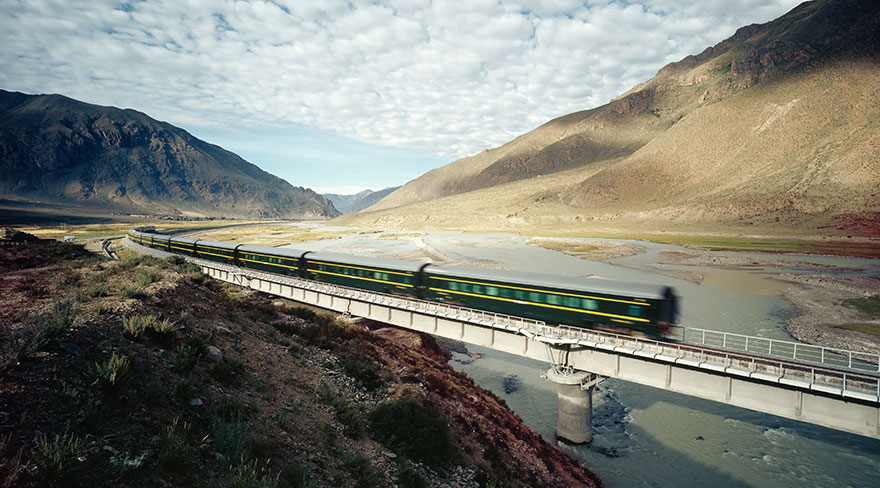Real Estate
The Lancaster Antelope Valley first saw life and development with the laying down of the track by Southern Pacific Railroad Company in 1876. The first developer to build in the valley and increase the value of the land was M.L. Wicks. Wicks purchased 60 sections from the railroad company, laid out a town site of streets and lots, and sold the properties for $2.50 per acre.
As progress continued in 1886, the first hotel, The Lancaster House, was a small, two-story brick hotel with eleven (11) rooms.

The Lancaster House photo from City of Lancaster website.
A PROMISE FOR SUCCESS
In 1888, Wicks sold the townsite, except for a few lots and blocks, to James P. Ward for $46,620.00, which was about $20.00 per acre. The site, approximately a square mile, was just enough to subdivide about 2,000 lots.
Since the 1800s, Lancaster has developed tremendous economic expansion, job growth, and diverse business opportunities with continued market opportunity for future investors.

GROWTH OPPORTUNITIES IN ANTELOPE VALLEY REAL ESTATE
The opportunity to invest in land and growth potential with access to the Los Angeles area has never been better. The Antelope Valley is becoming a commuter’s paradise for those who are in Los Angeles and want to come home to land. Just an hour away, this developing community is quickly becoming home to many industries, including cutting-edge technology and renewable energy, with real growth potential.
The City of Lancaster has received grants to expand housing and is looking for more ways to develop and grow its residential and commercial economy. Once the high speed rail train is completed, commuting will be faster than a bullet.
Right now, there is still time for growth potential in the development of raw land in the Lancaster Antelope Valley.